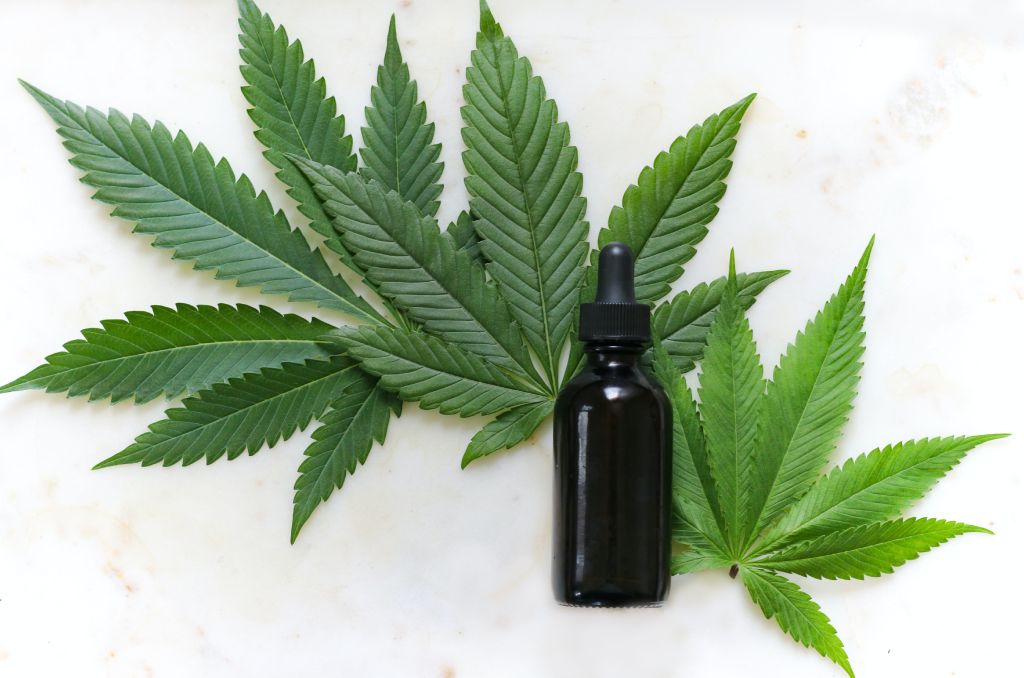
What is cannabis?
Medical Cannabis, also called hemp, is a plant native from central Asia. The inflorescences, once dried, contain active principles that act mainly on the central and peripheral nervous system. The best known molecules are THC (delta-9-tetrahydrocannabinol) and CBD (cannabidiol); the amount of active ingredient, therefore, is what determines and defines the ‘potency’ of the product.
Medical cannabis
The ‘recreational’ and personal use of cannabis, which we remind you is the name of the plant and not the active ingredient, has nothing to do with and is not to be confused with its phytotherapeutic use in pharmacological treatments for pain therapy.
Dr Vittorio Guardamagna, director of the Pain Therapy Unit at the IEO (European Institute of Oncology) in Milan, in an interview for Exagere.it specifies, in fact, that ‘the substances contained inside the inflorescences of cannabis differ from plant to plant. In order to obtain a therapeutic effect, it is necessary to balance the different components in a controlled way. This is why marijuana bought through unofficial channels cannot be considered a medicine’.
Cannabis considered to be medicinal is in particular ‘Cannabis FM-2‘ (containing THC 5-8% and CBD 7.5-12%), produced in Italy in compliance with European directives on medicinal products on the basis of a controlled production process carried out in a pharmaceutical workshop authorised (the Military Institute of Florence) by the AIFA (Italian Medicines Agency). Distribution is authorised by the State Cannabis Organisation, active at the Ministry of Health.
The properties of therapeutic cannabis for pain therapy
The properties of THC and its dosages in the use of medical cannabis play a key role in pain therapy to anticipate, prevent and reduce suffering in a wide range of ways and to support the quality of life of patients and their families.
Active molecules such as THC and CBD have a variety of therapeutic properties and can be used for the palliative and symptomatic treatment of incurable diseases, to bring solace to terminally ill patients, or in chronic pain therapy as an alternative therapy to opiates, especially in cases where current treatments have proved to be less effective, such as in childhood epilepsy and ALS.
There are, today, different types of preparations commercially available and distributed through legal channels such as galenic pharmacies. Each preparation is distinguished according to the title of the two main cannabinoids (CBD and especially THC). These preparations, in order to be dispensed, must necessarily be prescribed by the treating medical doctor in formulations allowed by current ministerial regulations.
Therefore, medical cannabis must meet quality standards in order to be used as a medicine and must be produced according to specific pharmaceutical regulations. Depending on the variety of the plant, there is a standardized profile of Active Pharmaceutical Ingredients (API) and pollutant levels. Nowadays, the real efficacy and low levels of addiction found are based on preclinical evidence reported in the international scientific literature and especially on patient feedback.
Current legislation on the subject
Today, Pain Therapy is defined by Italian law no. 38 of 15 March 2010 as the set of ‘diagnostic and therapeutic interventions aimed at identifying and applying suitable and appropriate pharmacological, surgical, instrumental, psychological and rehabilitative therapies to chronic morbid conditions, variously integrated with each other, in order to develop suitable diagnostic and therapeutic pathways for the suppression and control of pain’.
The law, therefore, sanctions the use of cannabis in Pain Therapy in the broadest sense without distinction of pathologies and allows physicians to prescribe cannabis-based drugs, even as first choice, for all types of pain. This is a real process of ideological reassignment that permits a step forward, towards a jurisdiction capable of accepting the scientific progress achieved by pharmacological research laboratories.


